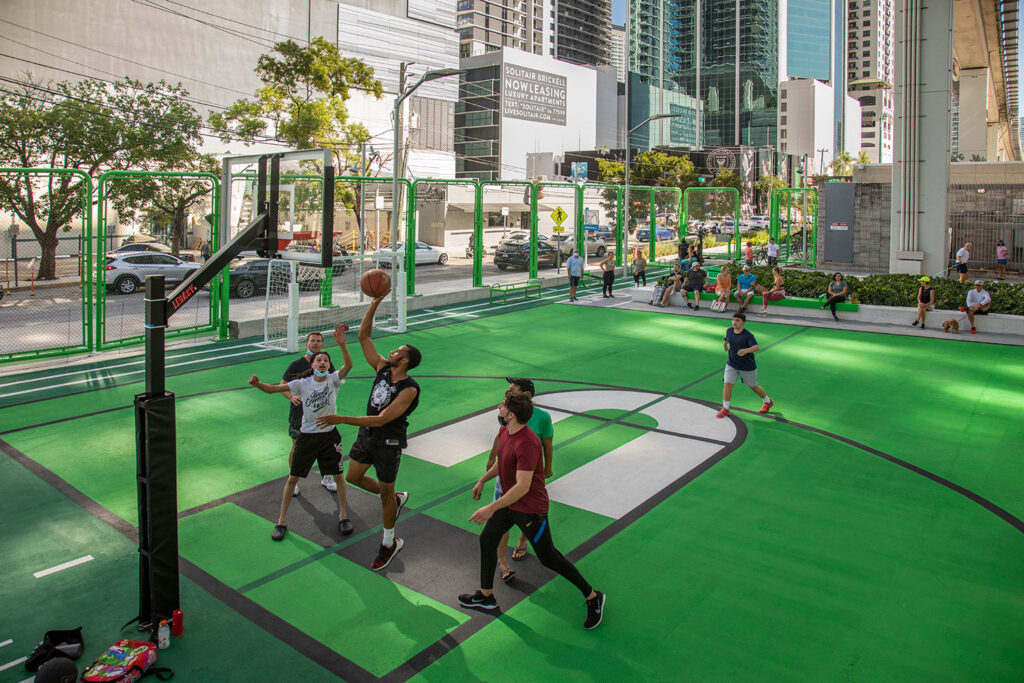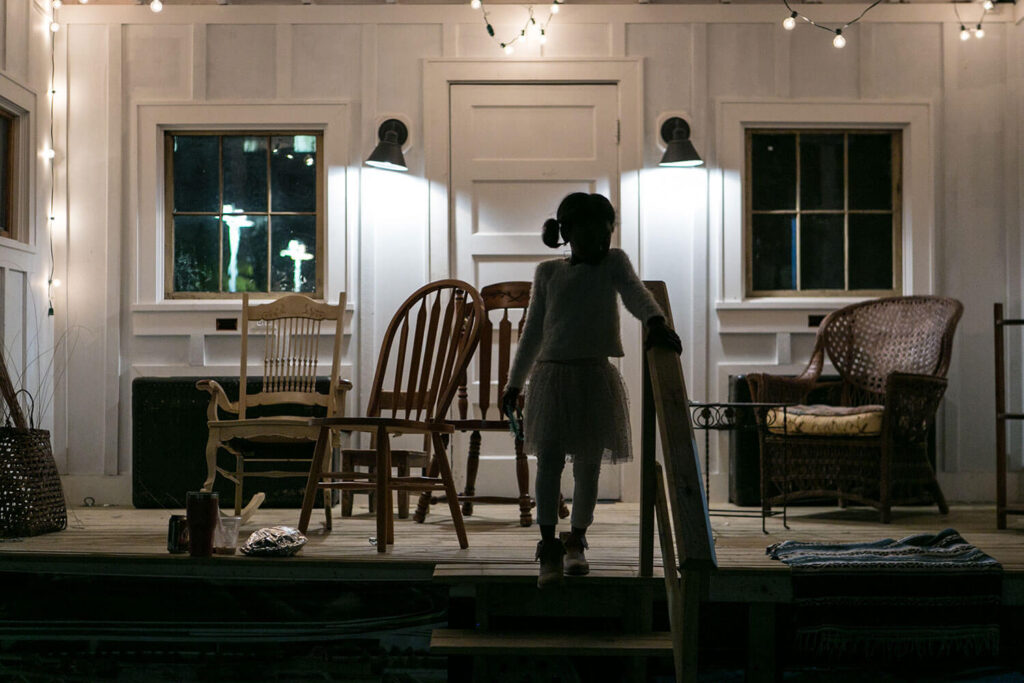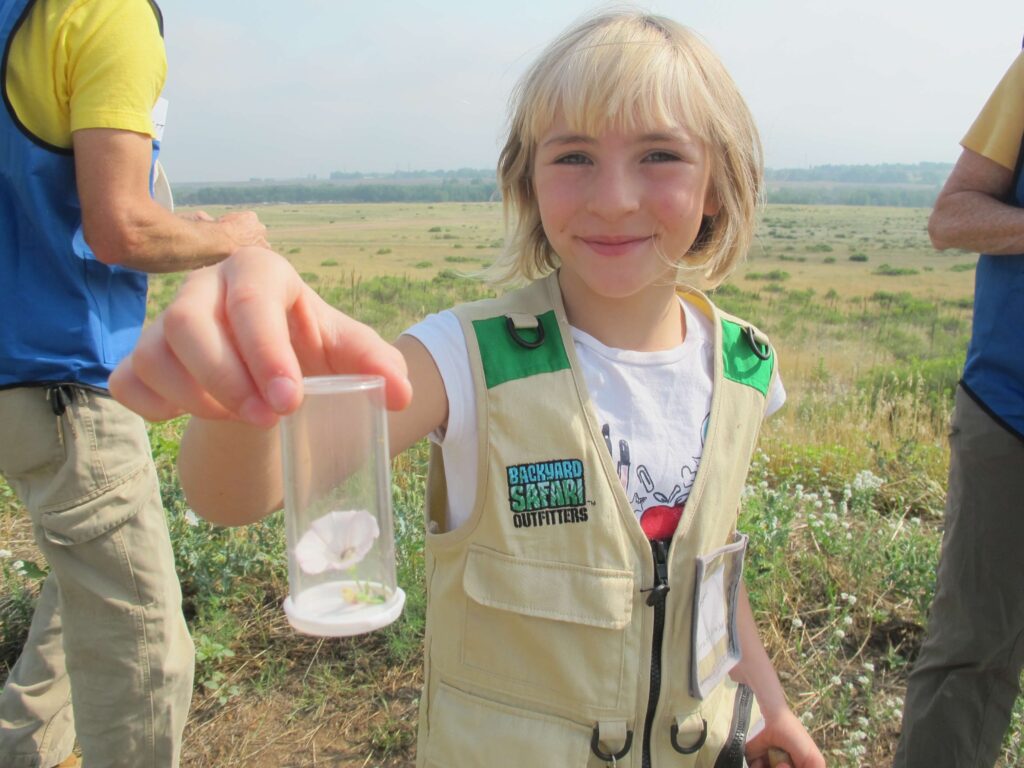Would you like to showcase your own work to embed equity in your infrastructure reuse project?
Building Strategic Partnerships

The Underline has focused on improving health and wellness gaps among communities. Credit: Robin Hill, The Underline.
Meditation, a running track, a plaza for health and wellness programming, a basketball/soccer court, and separated biking and walking paths. The Underline’s first segment of what will be a 10-mile linear park in Miami proves this organization’s commitment to equitable public health outcomes. Naturally, partnerships have been central to making that vision a reality. The organization has hooked into a larger network of Miami nonprofits and philanthropies focused on addressing health inequities in the city’s underserved communities.
“You have to be always looking for that next opportunity and be open to having others help you—don’t think that you have all the answers,” says Founder and President Meg Daly.
Going forward, they want to ensure their spending on the next 9.5 miles furthers their public health agenda. That will require more strategic partnerships: The Underline has recognized the need to track existing alliances and identify aspirational partners, and set joint goals with them. One way organizations can do this work is by evaluating their entire network of partners for mission alignment and impact. The Community First Toolkit’s collaboration matrix is designed for this purpose.
Up first: A basketball program is just one example of The Underline’s effective partnership strategy to improve the health of all Miamians. With funding from Swire Properties and collaboration with the Miami Heat, the program intends to make sure underserved kids benefit from playing on the park’s Urban Gym. Can you say Swish!?
Project Org
Friends of the UnderlineRelated Toolkit Section
Build PartnershipsRelated Tool
REVIEW YOUR PARTNER NETWORKMeditation, a running track, a plaza for health and wellness programming, a basketball/soccer court, and separated biking and walking paths. The Underline’s first segment of what will be a 10-mile linear park in Miami proves this organization’s commitment to equitable public health outcomes. Naturally, partnerships have been central to making that vision a reality. The organization has hooked into a larger network of Miami nonprofits and philanthropies focused on addressing health inequities in the city’s underserved communities.
“You have to be always looking for that next opportunity and be open to having others help you—don’t think that you have all the answers,” says Founder and President Meg Daly.
Going forward, they want to ensure their spending on the next 9.5 miles furthers their public health agenda. That will require more strategic partnerships: The Underline has recognized the need to track existing alliances and identify aspirational partners, and set joint goals with them. One way organizations can do this work is by evaluating their entire network of partners for mission alignment and impact. The Community First Toolkit’s collaboration matrix is designed for this purpose.
Up first: A basketball program is just one example of The Underline’s effective partnership strategy to improve the health of all Miamians. With funding from Swire Properties and collaboration with the Miami Heat, the program intends to make sure underserved kids benefit from playing on the park’s Urban Gym. Can you say Swish!?
Share this Case Study


